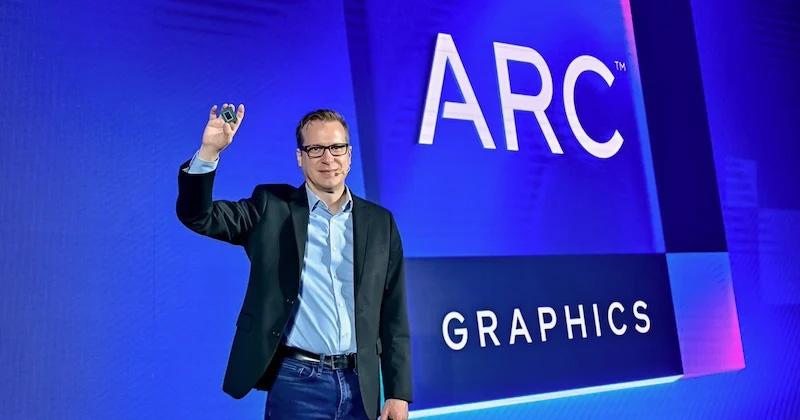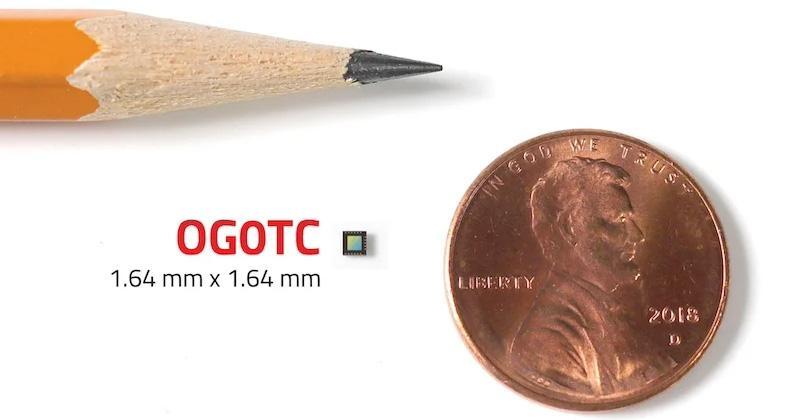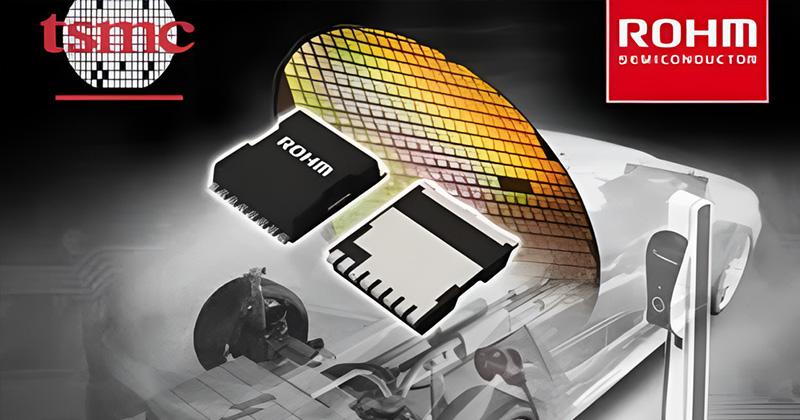
Wolfspeed Equips New SiC MOSFETs for High-Power, ‘Real-World Conditions’
Wolfspeed has announced its fourth-generation silicon-carbide (SiC) MOSFET technology. The company made several architectural improvements to the fourth-generation tech, reportedly setting new benchmarks in power efficiency, thermal performance, and system reliability for high-power applications.
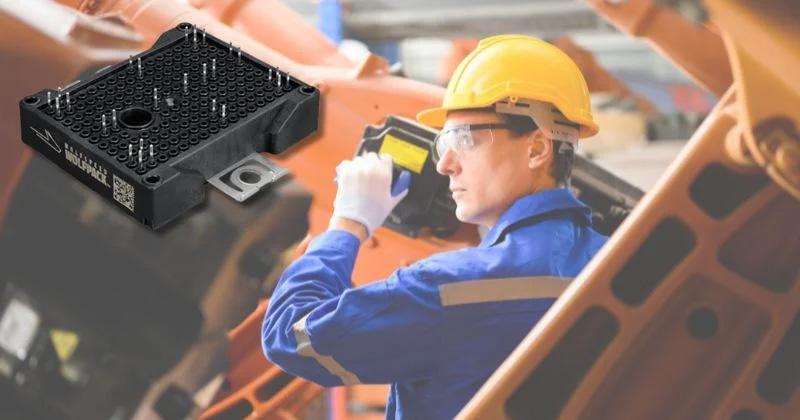
Image (modified) used courtesy of Wolfspeed and Canva Pro (used under license)
Some of the typical applications for the new FETs include energy storage systems, fast charging, uninterruptible power supplies, and test and measurement equipment.
Wolfspeed Introduces Fourth-Gen MOSFETs
Wolfspeed claims the fourth-generation MOSFETs achieve a 21% lower temperature for on-state resistance (RDS(on)), improving conduction efficiency across varied loads common in industrial motor drives. In hard-switching applications, such as traction inverters and active front-end converters, the technology benefits from a 15% reduction in switching energy losses (Eon/Eoff). The improved specifications translate into higher switching frequency operation, resulting in lighter and more compact designs.
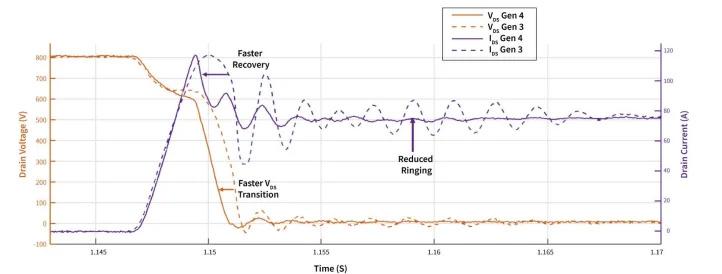
Turn-on waveform comparison between third and fourth generations.
The new MOSFETs also feature optimized body diodes, significantly reducing reverse recovery losses and electromagnetic interference. The devices operate with a 75% lower voltage overshoot during switching events. Wolfspeed also says these devices are more reliable than their third-generation counterparts; they can tolerate junction temperatures up to 200°C and demonstrate up to 100x improved cosmic ray failure-in-time (FIT) rates. Meanwhile, their 2 ms short-circuit withstand time bolsters fault tolerance.
The fourth generation's product package minimizes parasitic inductance for cleaner switching and higher power densities. Additional features like double-sided cooling and copper clip interconnects enhance thermal management and mechanical reliability.
Reverse Recovery for Power FETs
MOSFET reverse recovery is an important performance metric to determine the efficiency, thermal behavior, and EMI performance of high-power electronic systems.
During switching operations, reverse recovery occurs when the body diode of a power FET transitions from conducting to non-conducting states, and the stored charge must be removed before the device can fully block reverse voltage. The rate and efficiency of this recovery process have significant implications for system performance.
For example, poor reverse recovery performance results in higher reverse recovery charge (Qrr) and prolonged reverse recovery time (Trr), both elevating switching losses and thermal generation.

Reverse recovery transients of generation four versus generation three.
Reverse recovery impacts system noise and EMI. When the reverse recovery charge dissipates rapidly, it can produce voltage overshoot and ringing that result in common-mode noise and radiated EMI. This noise complicates EMI compliance and often necessitates larger, costlier filters or design adjustments.
Additionally, superior reverse recovery performance increases switching frequencies because it minimizes the energy loss and thermal stress associated with the recovery process and thereby allows the FET to operate more efficiently and reliably. Higher frequency operation enables smaller and lighter passive components like inductors and capacitors, which reduces system size, weight, and cost without sacrificing efficiency.
Now Available in Three Power Classes
Wolfspeeds’ fourth-generation FETs are now available in 750 V, 1,200 V, and 2,300 V classes for bare die products, discrete components, and full power modules. The company plans to roll out more products in various footprints and RDS(on) ranges this year and into early 2026.


